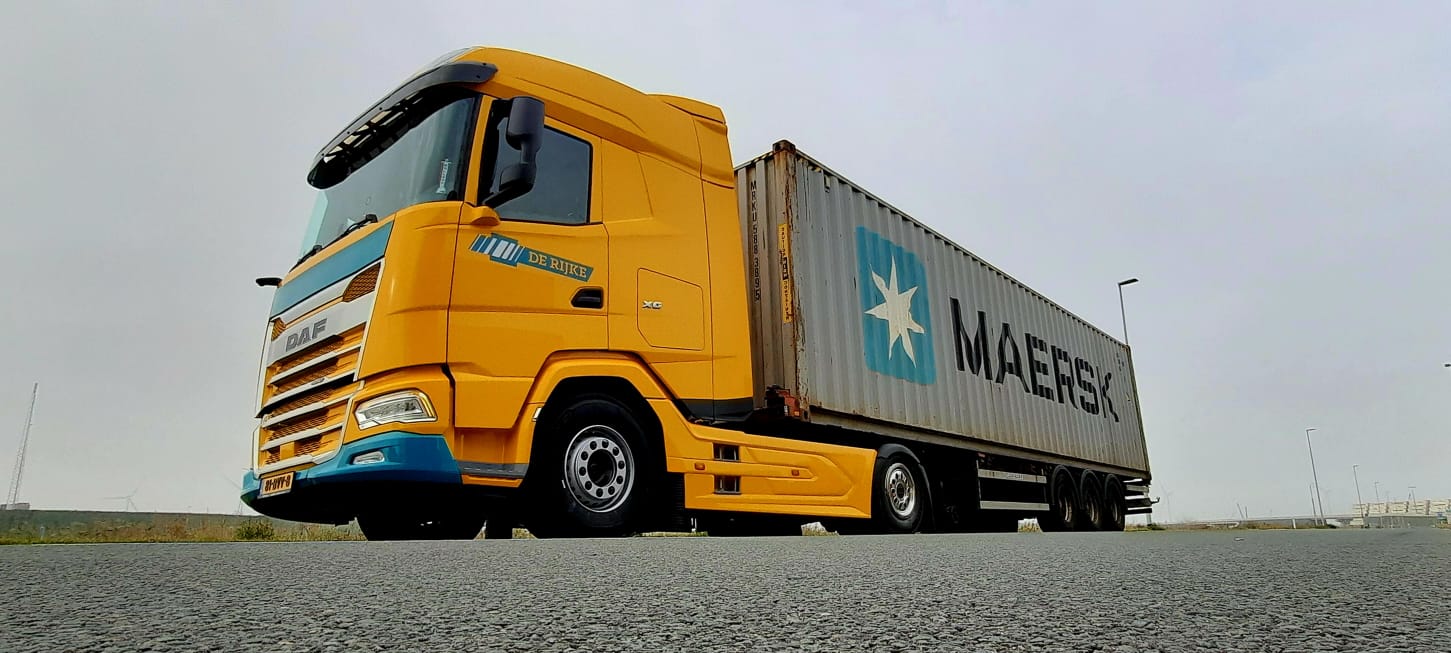
Challenges Facing the Road Freight Sector in the Netherlands
The Netherlands, a pivotal hub in European logistics, has a road freight sector that plays a vital role in its economy. This industry supports national and international trade, connecting key ports, such as Rotterdam, to the rest of Europe. However, the sector faces a range of significant challenges that impact its operational efficiency and future viability. In this article, we’ll explore these obstacles in depth, covering everything from environmental regulations and rising costs to workforce shortages and infrastructure constraints.
Environmental Regulations and Emission Standards
Environmental policies in the Netherlands are among the strictest in Europe, designed to meet ambitious carbon reduction goals. These regulations require companies in the road freight sector to minimize emissions by adopting cleaner, more efficient technologies.
The Shift to Low-Emission Vehicles
One of the primary adjustments required is the shift to low-emission or zero-emission vehicles, such as electric or hydrogen-powered trucks. Although these vehicles are less harmful to the environment, they come with their own set of challenges:
- High acquisition costs: Low-emission vehicles are often more expensive than traditional diesel trucks, posing a financial hurdle.
- Limited availability and infrastructure: Charging and fueling stations for electric and hydrogen vehicles are not yet widespread, particularly in remote areas.
- Uncertainty in technology: Companies face challenges in selecting the right technology due to the rapid pace of innovation in low-emission solutions.
Rising Fuel Costs and Energy Prices
Fuel costs constitute one of the largest expenses for freight operators, and the volatile nature of energy prices only exacerbates the challenge. Increasing global oil prices directly affect the profitability of logistics companies, especially those heavily reliant on diesel-powered vehicles.
Impact on Small and Medium Freight Companies
While larger companies may have the resources to adapt to fluctuating prices, small and medium enterprises (SMEs) often struggle:
- Financial strain: SMEs typically have lower profit margins, making fuel price spikes harder to absorb.
- Cost-cutting compromises: To offset high fuel costs, many smaller operators may cut back on vehicle maintenance or staff, which can reduce service quality and reliability.
- Growing need for fuel-efficient practices: To mitigate these challenges, companies are increasingly seeking ways to improve fuel efficiency, such as adopting better route planning technology.
Infrastructure Constraints and Traffic Congestion
Infrastructure in the Netherlands faces mounting pressure, with congestion on key routes affecting delivery timelines and operational efficiency. Urban expansion and increased vehicle numbers add to the strain on the country’s road networks.
Impact on Delivery Timelines and Efficiency
Congestion particularly affects just-in-time (JIT) delivery models:
- Increased operational costs: Delays due to traffic lead to increased fuel consumption and wear on vehicles, driving up costs.
- Reduced customer satisfaction: Late deliveries can damage customer relationships, particularly in sectors that rely on strict schedules.
- Need for alternative routes: Companies are increasingly using software to optimize delivery routes, although limited alternatives mean bottlenecks remain an issue.
Increasing Operational Costs and Inflation
The road freight sector is no stranger to rising operational costs, but recent inflationary pressures have made it harder for companies to balance budgets. Maintenance costs, insurance premiums, and vehicle parts have all become more expensive, affecting companies’ ability to maintain profitability.
Pressures on Profit Margins
The squeeze on profit margins is particularly hard for companies in competitive markets:
- Maintenance and repair expenses: Regular upkeep is essential for safety and compliance, but rising costs can lead companies to delay non-essential repairs, potentially impacting service quality and safety.
- Insurance premiums: As road freight is considered a high-risk industry, insurance premiums are often steep, and recent increases have exacerbated the cost burden.
- Finding savings without sacrificing quality: Many companies are forced to seek creative ways to save on expenses, such as using predictive maintenance technologies to reduce unexpected breakdowns or opting for more affordable suppliers.
Competition and Market Fragmentation
The Dutch road freight sector is highly competitive, with numerous players vying for market share. This competition, combined with market fragmentation, places additional pressure on companies to reduce prices, often at the expense of profitability.
Role of E-commerce and Last-Mile Delivery
The rise of e-commerce has driven demand for last-mile logistics, but meeting this demand comes with its own set of challenges:
- Increased operational complexity: Last-mile delivery often involves navigating urban areas, dealing with traffic, and meeting tight delivery windows, which can be costly and time-consuming.
- High consumer expectations: E-commerce has conditioned consumers to expect fast, reliable, and often free delivery, which places additional pressure on logistics companies.
- Strain on infrastructure and workforce: Last-mile delivery requires additional vehicles and drivers, increasing the strain on an already constrained workforce and infrastructure.
Sustainability and Corporate Social Responsibility (CSR)
Sustainability has become a major focus for companies in the road freight sector. As climate change awareness grows, both clients and consumers expect logistics providers to adopt environmentally friendly practices. However, integrating sustainable initiatives can be costly and operationally challenging.
Investments in Green Logistics Infrastructure
To meet sustainability goals, many logistics companies are investing in green technologies and infrastructure:
- Costly upfront investments: Implementing sustainable solutions, such as low-emission vehicles or solar-powered warehouses, can involve significant initial expenses.
- Long-term benefits vs. immediate costs: While green investments often lead to long-term savings and reputational benefits, the immediate financial outlay can be prohibitive for some operators.
- Pressure from clients and stakeholders: More clients are demanding environmentally conscious logistics partners, which may require companies to fast-track sustainability efforts or risk losing business.
The road freight sector in the Netherlands is at a crossroads, facing a multitude of challenges that impact its operational efficiency, profitability, and sustainability. From navigating strict environmental regulations and rising operational costs to addressing infrastructure bottlenecks and workforce shortages, companies must adapt to an evolving landscape. By embracing digital transformation, investing in sustainable practices, and exploring ways to improve operational efficiency, the Dutch road freight industry can not only overcome these challenges but also position itself for long-term success. However, this will require strategic foresight, collaboration with policymakers, and a commitment to continuous improvement.
FAQs
What is the main challenge in transitioning to low-emission vehicles?
The high acquisition costs of low-emission vehicles, such as electric or hydrogen-powered trucks, along with limited infrastructure for charging or fueling, make the transition challenging for freight companies. Additionally, the rapid pace of innovation creates uncertainty around which technology to invest in.
How does congestion impact the efficiency of the freight sector?
Traffic congestion leads to delays in delivery timelines, which increases operational costs due to longer driving times, higher fuel consumption, and increased wear on vehicles. Congestion also reduces customer satisfaction when deliveries are delayed.
Why is driver retention a significant issue in the Netherlands?
The road freight sector faces driver retention challenges due to an aging workforce, demanding work conditions, and limited interest among young people in truck driving careers. The need for drivers is increasing, yet fewer people are entering the profession.






